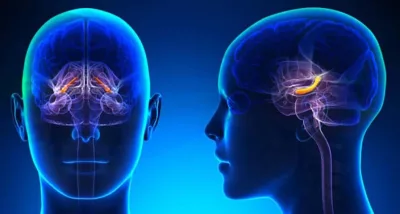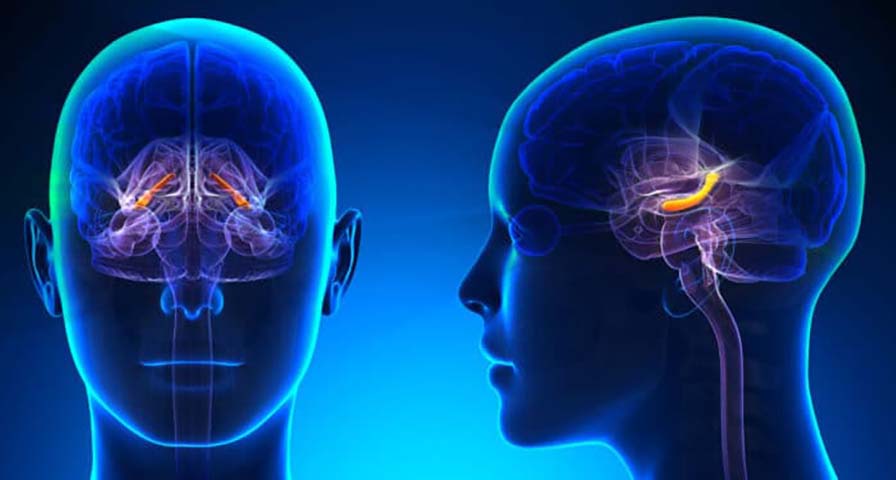Originally published July 16, 2022 in PsyPost
By Eric W. Dolan
New research provides evidence that high intensity interval training improves metabolism in a brain structure responsible for memory formation and retention. The study, published in Psychophysiology, found increased metabolism in the left hippocampus following a 6-month physical activity intervention for adolescents.
“The primary focus of my research is the design, evaluation, and dissemination of school-based physical activity interventions,” said David Lubans, a professor at the University of Newcastle and the corresponding author of the study.
 “My secondary area of interest is studying the effects and mechanisms of physical activity on young people’s mental health and cognition. I have found that providing evidence for the benefits of physical activity for academic outcomes, including test performance, cognitive function and on-task behavior in the classroom provides a strong impetus for schools to provide additional activity for young people.”
“My secondary area of interest is studying the effects and mechanisms of physical activity on young people’s mental health and cognition. I have found that providing evidence for the benefits of physical activity for academic outcomes, including test performance, cognitive function and on-task behavior in the classroom provides a strong impetus for schools to provide additional activity for young people.”
The study examined 56 older adolescents from four secondary schools in New South Wales, Australia who were randomly assigned to a Burn 2 Learn intervention or a control group. Those in the Burn 2 Learn intervention completed at least two high intensity interval training sessions per week for 16 weeks. The training, which ranged in duration from 8 to 20 minutes, involved a combination of aerobic and body weight resistance exercises.
The participants underwent brain scans before and after the 16-week period to assess exercise-induced neural changes, and the researchers used magnetic resonance spectroscopy to identify changes in brain metabolite concentrations in the hippocampus.
Compared to the control group, the researchers observed that participants who completed the Burn 2 Learn intervention tended to have increased left hippocampal concentrations of N-acetylaspartate (NAA) and glutamate+glutamine (Glx), two markers of brain metabolic activity. In addition, these hippocampal changes were associated with improvements in cardiorespiratory fitness, muscular fitness, and working memory.
The results indicate that “participating in physical activity of vigorous intensity for a relatively short period of time appears to simulate brain growth in older adolescents,” Lubans told PsyPost.
The new research is part of a larger study that included nearly 700 students. A previous analysis of the data found evidence that high intensity interval training resulted in reductions in perceived stress and internalizing problems among participants who were classified as overweight or obese at the beginning of the study.
But Lubans noted that this “is a relatively new line of enquiry,” and “there are many questions yet to be answered. For example, what is the minimum amount of exercise needed to stimulate hippocampal metabolism in adolescents?”
“Future studies should employ larger sample sizes to replicate these findings and to investigate whether changes in cardiorespiratory fitness and muscular fitness mediate changes in hippocampal metabolite concentrations, and whether metabolite concentrations mediate the benefits of physical activity on working memory,” he added.
The study, “Effect of high-intensity interval training on hippocampal metabolism in older adolescents“, was authored by Sarah Ruth Valkenborghs, Charles H. Hillman, Oun Al-Iedani, Michael Nilsson, Jordan J. Smith, Angus Aaron Leahy, Simon K. Harries, Saadallah Ramadan, and David Revalds Lubans.
Make the IHT ZONE heart rate monitor part of your School's Student Wellness Program




